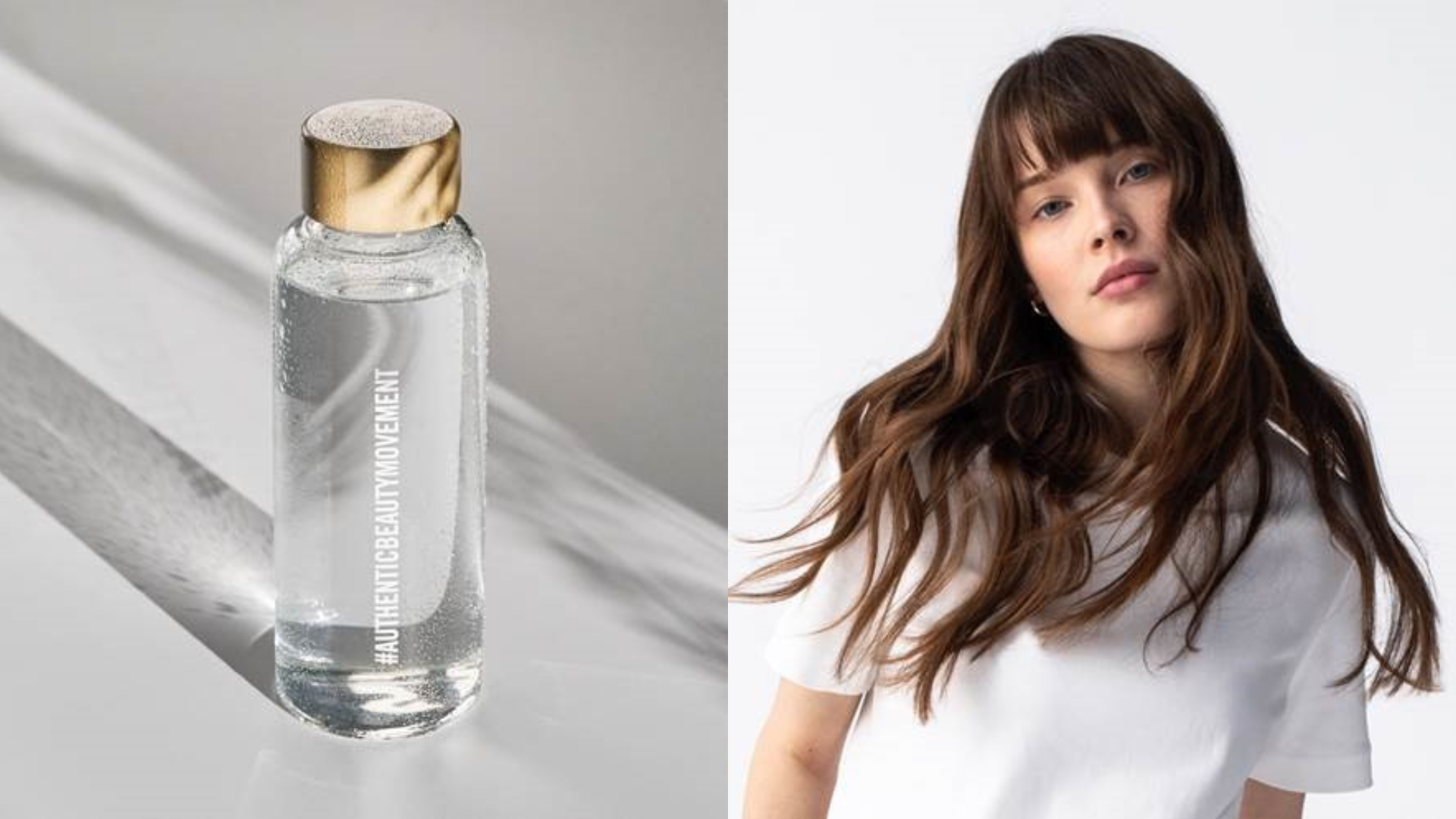
Whether it's due to time constraints or personal preference, many of us have been guilty of tying our hair up while it's still wet. While it may seem harmless, this seemingly innocent act can actually lead to a host of hair problems. In this blog, we will explore why tying your hair wet can be bad for your hair and discuss healthier alternatives to maintain luscious locks.
1. Increased Hair Breakage:
When your hair is wet, it becomes more fragile and prone to breakage. Tying wet hair tightly in a hair tie can cause excessive tension and stress on the strands, leading to breakage. Wet hair is more susceptible to stretching and snapping, which can result in split ends and frayed hair.
2. Weakened Hair Structure:
Hair is made up of a protein called keratin, and the hair shaft consists of three layers. Tying your wet hair tightly can disrupt the structure of these layers, making the hair more vulnerable to damage. The excess moisture and strain can weaken the hair shaft, making it more susceptible to breakage and causing hair to appear dull and lifeless.
3. Increased Risk of Fungal Infections:
Tying wet hair creates a damp environment, which is an ideal breeding ground for fungi and bacteria. Moisture trapped in the tied-up hair can lead to scalp irritation, itching, and dandruff. Additionally, the combination of sweat and moisture can contribute to the growth of fungi, such as ringworm, which can cause more severe scalp infections.
4. Unwanted Hair Texture:
Tying your hair wet can result in an undesirable hair texture once it dries. Depending on your hair type, tying wet hair tightly can cause it to dry in a flattened or crinkled pattern, making it difficult to achieve a natural and voluminous look. The hair may also become more prone to frizz and flyaways, giving a less polished appearance.
Alternative Practices:
1. Allow Your Hair to Air Dry:
Whenever possible, let your hair air dry before tying it up. This will reduce the risk of hair breakage and help maintain its natural texture. If you're short on time, consider using a microfiber towel or an old t-shirt to gently blot excess moisture from your hair.
2. Use Protective Hairstyles:
Instead of tightly tying your wet hair, opt for protective hairstyles that are gentle on your strands. Loose braids, buns, or a loose ponytail can help minimize tension and reduce the risk of hair breakage. Using scrunchies or hair ties made from soft materials can also help prevent damage.
3. Apply Haircare Products:
Using haircare products specifically designed for wet hair can help protect and nourish your strands. Leave-in conditioners, detangling sprays, and heat protectants can provide essential moisture and minimize damage when tying up wet hair.
Tying your hair up while it's wet may seem convenient, but it can have detrimental effects on your hair health. The increased risk of breakage, weakened hair structure, potential fungal infections, and undesirable hair texture are all reasons to avoid this habit. Instead, opt for alternative practices that promote healthy hair, such as allowing your hair to air dry or using protective hairstyles. Remember, taking care of your hair when wet will help maintain its strength, shine, and overall vitality.
https://www.wavilondon.com/products/glass-action-hydrating-hair-oil-universal-elixir?_pos=3&_sid=20bd891fc&_ss=r&variant=45602205073713
https://www.wavilondon.com/products/kevin-murphy-young-again?_pos=14&_sid=20bd891fc&_ss=r&variant=44917038874929
https://www.wavilondon.com/products/kevin-murphy-leave-in-repair?_pos=1&_sid=7b71be505&_ss=r&variant=44917039300913

